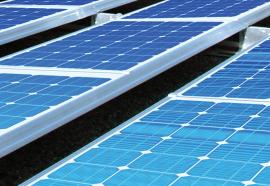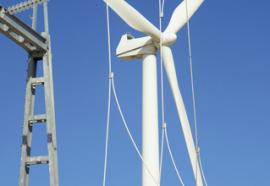Abengoa to Develop New Solar-Thermal Storage Technology
Submitted by aburr on Tue, 2014-06-10 13:11Abengoa, together with the National Renewable Energy Laboratory (NREL) and the Colorado School of Mines (CSM), has been selected by the US Department of Energy (DOE) to develop a new solar storage technology for thermo-electric plants. The program will last for two years and will require an investment of EUR1.3 million by the US Department of Energy.







